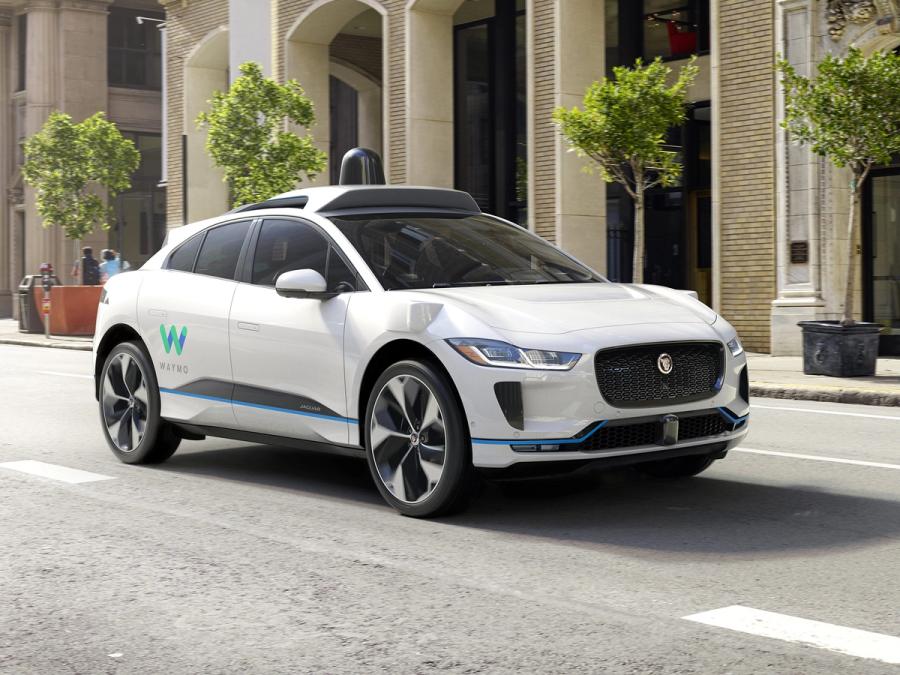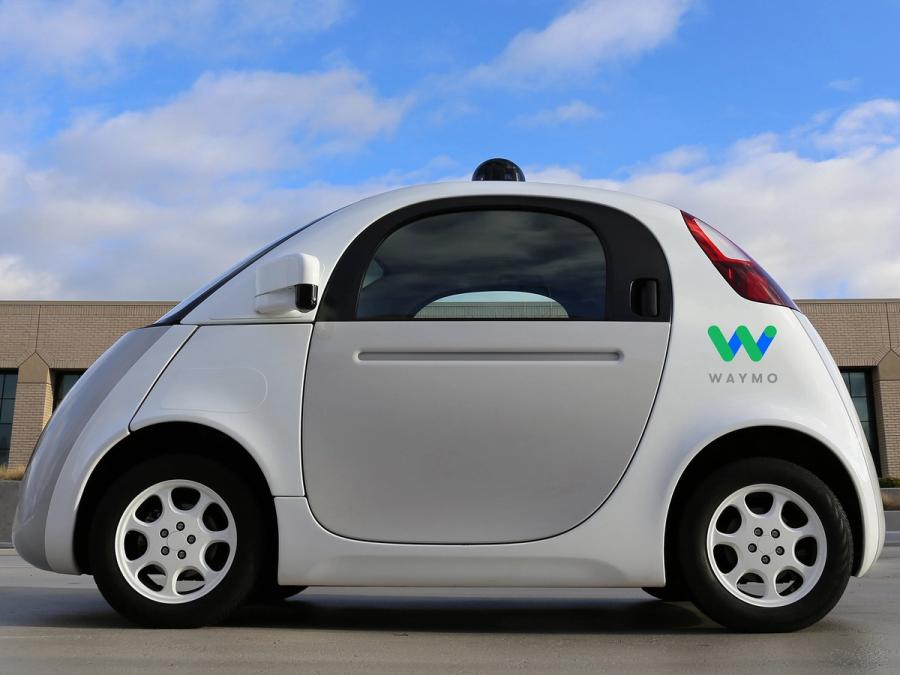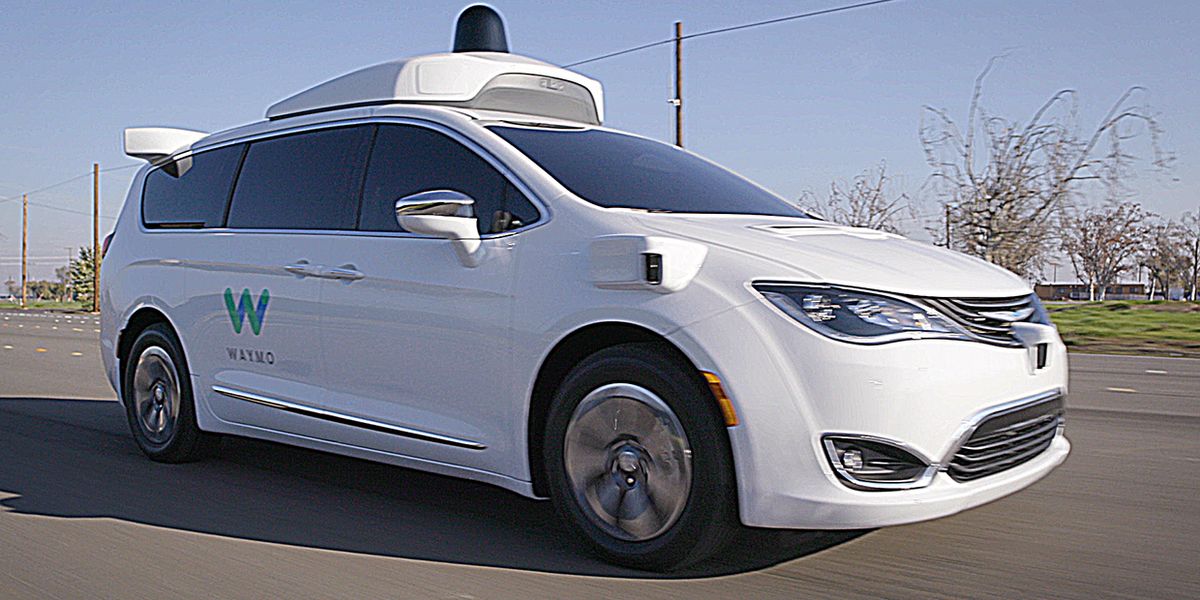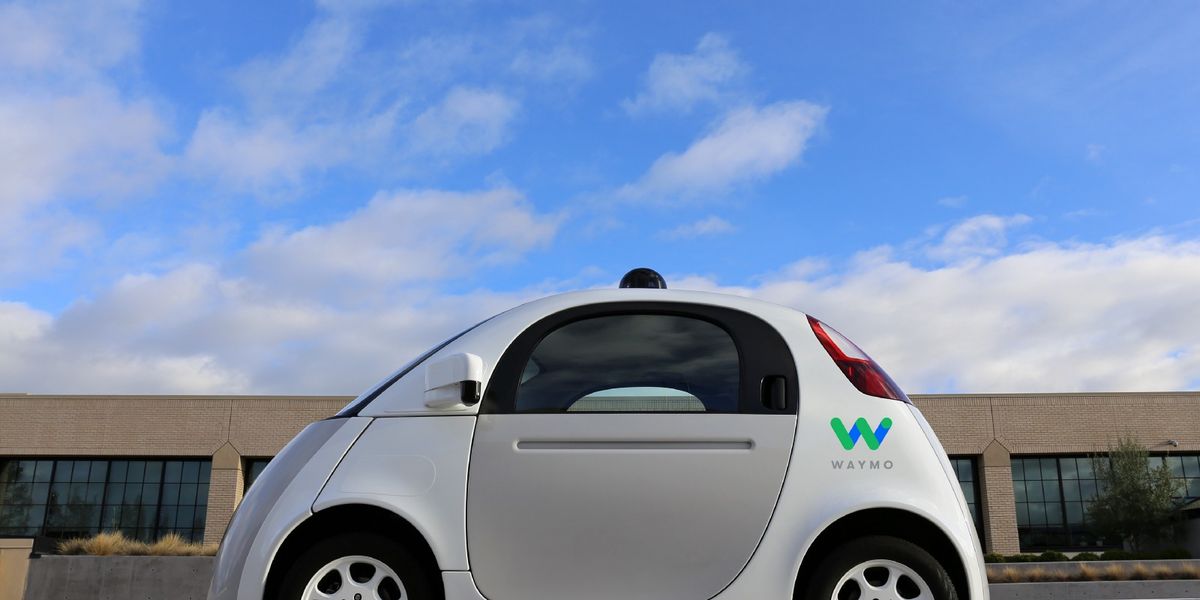Waymo

Waymo—formerly the Google self-driving car project—is developing fully autonomous vehicles with the goal of making it easier and safer for people to get around. After designing and test-driving different vehicle configurations, the company now offers robot taxi service in multiple cities.
- Creator
(company began as Google's self-driving car project)
- Year
- 2016
- Country
- United States 🇺🇸
- Categories
- Features
Did you know?
In Phoenix, Ariz., you can call a Waymo using an app and it will come pick you up without anyone in the driver's seat.

History
In December 2016, Google's self-driving car project was renamed Waymo and became a new subsidiary of Google's parent company, Alphabet. That transition was led by John F. Krafcik, former president and CEO of Hyundai Motor America, who became Waymo's CEO. In 2017, Waymo started testing its self-driving technology using a Chrysler Pacifica Hybrid minivan. Later that year, Waymo carried its first public trial of an autonomously driven vehicle in Phoenix, Ariz. Still in 2017, Waymo filed a lawsuit accusing Uber of stealing the secret designs of circuit boards and laser ranging lidars used in its self-driving cars. During the trial, court documents revealed that, between Google's Project Chauffeur inception in 2009 and the end of 2015, the company had spent US $1.1 billion on developing its self-driving software and hardware. In 2018, Waymo launched commercial autonomous ride-hailing service in Phoenix. In 2021, Waymo began testing its robotaxi service in San Francisco.


Specs
- Overview
Fully self-driving technology with person in the vehicle never expected to take control at any time. Custom sensors and software designed to detect pedestrians, cyclists, vehicles, and other objects up to 300 meters away. Fleet of self-driving vehicles includes modified Lexus SUVs, custom-built prototype vehicles (nicknamed "Firefly"), and fully self-driving Chrysler Pacifica Hybrid minivans. Tests undergoing with Class 8 trucks. (Dimensions and weight for 2022 Chrysler Pacifica Hybrid, not including additional self-driving system.)
- Status
Ongoing
- Year
2016
- Website
- Width
- 2 m
- Height
- 1.8 m
- Length
- 5.2 m
- Weight
- 2,200 kg
- Sensors
Custom sensors include: lidar to build 360-degree view of road and objects around the vehicle; radar to detect distance and speed of objects in motion; and high resolution cameras to detect visual information like traffic lights.
- Compute
Intel-based computing system
- Software
Custom software







